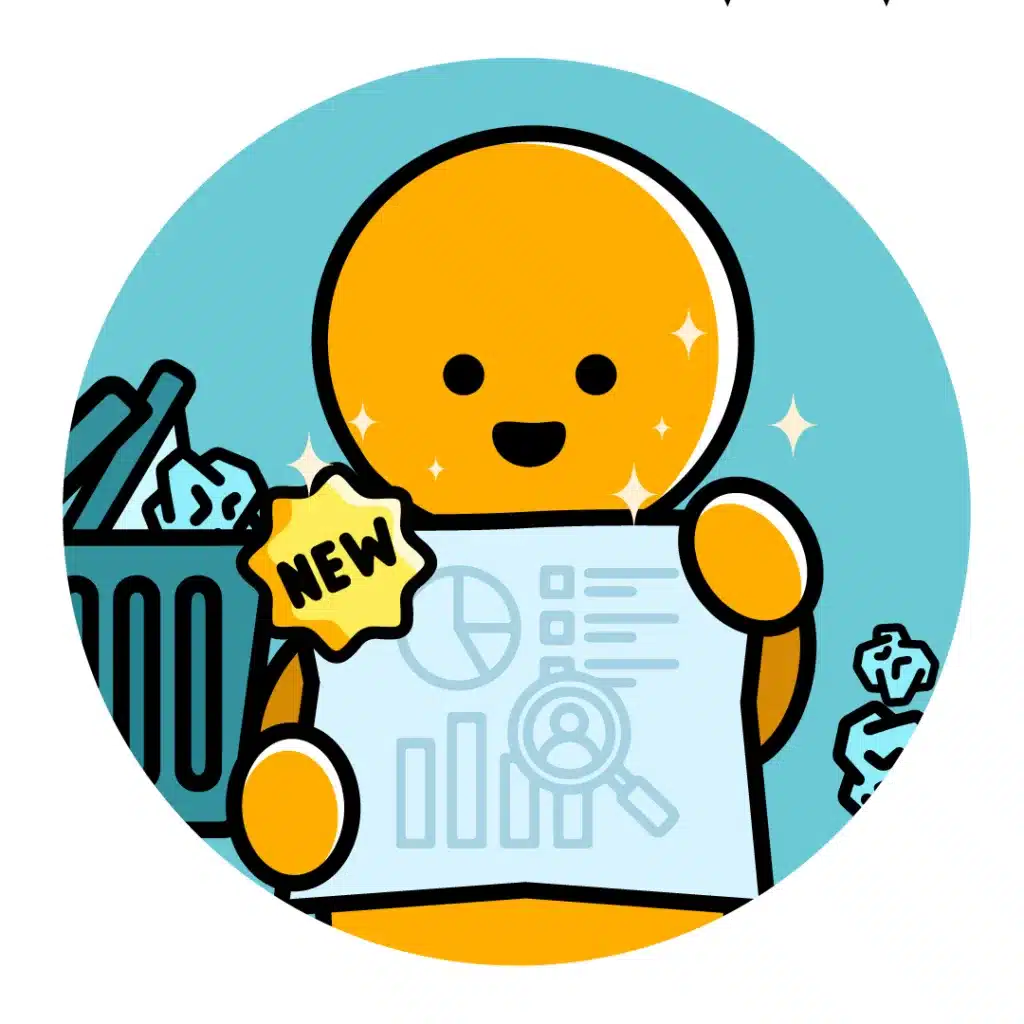Don’t You Dare Utter ‘Not on Brand’

When you find yourself saying, “it’s not on brand,” do you understand why you are saying it? Uttering these words should prompt us to question whether we truly grasp the essence of our brand identity and what it represents. It’s not merely a matter of adhering to a color palette or logo; it encompasses the […]
Hustle and Bustle = Performance that is lackluster

I’ve seen two extremes in my fifteen plus years in the credit union movement. I’ve seen credit union leaders so paralyzed by fear of change that their credit union dies on the vine. It’s like walking into granny’s house, a house that has not changed in years. (That yellow corded rotary phone is still on […]
Ethics in Credit Union Marketing

Always be learning. The moment we think we know it all is the minute we know nothing. Recently, I had the opportunity to attend an event in Atlanta for the marketing agency industry and got grounded back into our “why” at YMC with some timely reminders. I furiously jotted notes to share with my team, […]
Abandon Ship? Why Frequency is Your Brand’s Lifeboat

When a credit union leader says they want to do a short run on a campaign, my initial response is, “Are we swimming or treading water?” Unfortunately, too many credit unions are only looking to dip their toe in the water. Let me explain. As someone who lives in the Carolinas, I’m very aware that […]
Ditch Your SWOT and Replace it With This

Tradition says that strategy starts with your SWOT analysis. What are the Strengths, Weaknesses, Opportunities, and Threats to your credit union strategy? The longer you have used the SWOT analysis as the basis for your credit union strategic plan, the less helpful it will be to building your strategy as most SWOT analyses don’t change […]





